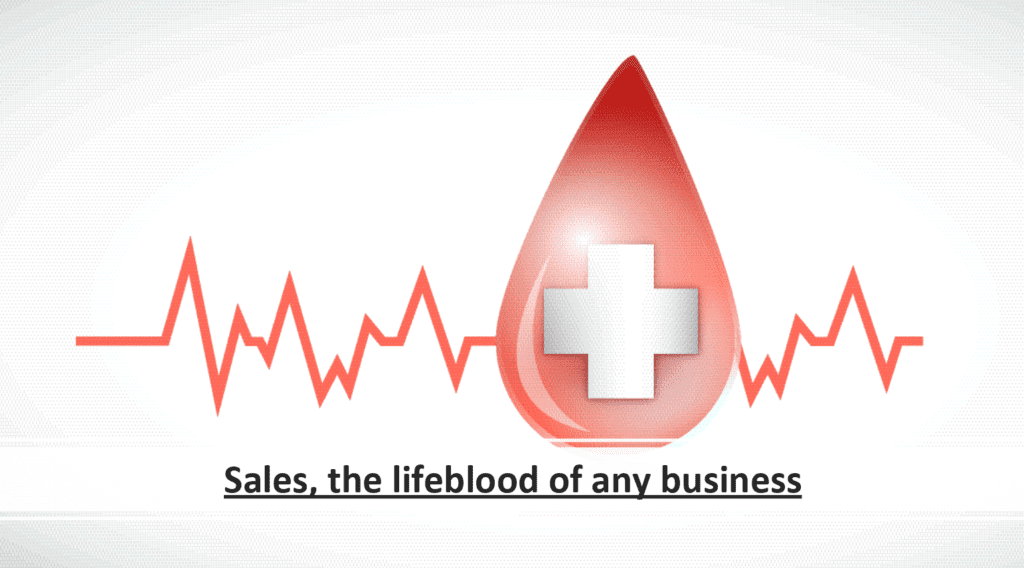No Money, No Mission – How do you get to give in business?
Several years ago, I was leaving an executive leadership meaning when a nun turned to me and said, “No money, no mission. That is why we spend so much time discussing finances as we do patient care.” It is a comment I remember fondly when I now hear, “What is your why?” at business conferences.
It is a question meant to help you find your purpose for having a business, to motivate you to continue to strive for your goals when times get tough. Interestingly, most of the answers I hear relate to creating an impact in other people’s lives, leaving a legacy for one’s children or creating a lifestyle of freedom that a traditional job cannot support. It is about being a ‘go-giver’ as an entrepreneur.
However, in our ideal vision of what can be, sometimes we forget that we must get in order to give, “no money, no mission”. Specifically, in business we must get sales in order to have profits that support systems that allow the business to grow. It is all interconnected in a coordinated way that supports the next level of performance, a Business Priority Pyramid. Only after we have solid performance at each level of the ‘get stage’ is it practical to talk about the ‘give stage’, making an impact and creating a legacy.
Much like Maslow described our level of human needs for survival and growth, Mike Michalowicz describes the Business Priority Pyramid in his new book, Fix This Next.
A business will function in either the Get or Give Stage along five levels of need. Business performance can be limited at any one or multiple levels of the hierarchy. Instead of trying to address every level concurrently, start with the lowest level need, address it, and then move on to the next level.
- Sales – Establish predictable sales by attracting enough quality prospects and delivering on your commitments. This means the sale does not stop once the contract is signed.
- Profit – Create permanent profit by consistently looking for ways to eliminate debt, have healthy margins for every offering and become the ‘go-to’ vendor for your clients for repeat business.
- Order – Have standard operating procedures and systems in place so the business is not dependent upon a single resource get things done. This is where roles and responsibilities are matched to team member strengths and not assumed by title that they know what they are doing.
- Impact – Produce transformation for clients and associates as the business is mission driven. Employees dreams are aligned with the business vision and leadership knows what these dreams are. At this point both clients and employees are providing critical and complimentary feedback.
- Legacy – Design for longevity by having raving fans, intentional leadership turnover and ongoing adaptation to the market. The organization is naturally challenging itself to be better, give more.
With so many considerations at each level most business leaders use intuition or the current ‘fire’ to guide what issue they will work on. Most cannot narrow to just one priority.
Can you pinpoint the one critical need you need to drive your business to the next level of performance?


